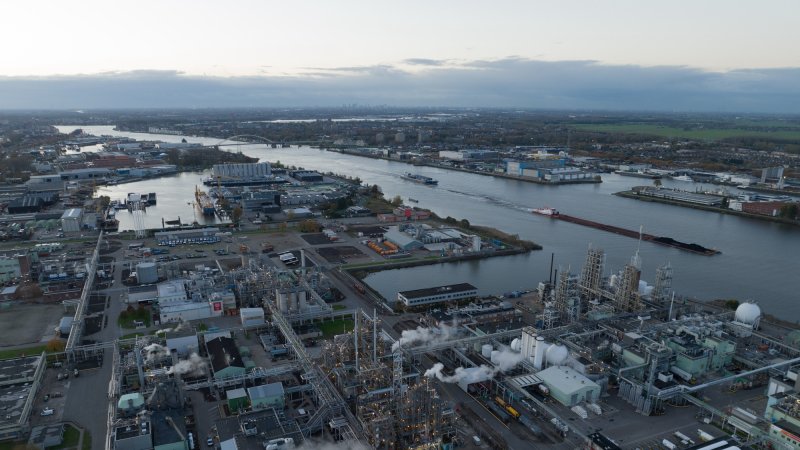Sustainability
Our best advice for how to live in a climate-changing world.
Latest in Sustainability

Climate Change
Our best advice for how to live in a climate-changing world.
Breakthroughs, discoveries, and DIY tips sent every weekday.
By signing up you agree to our Terms of Service and Privacy Policy.